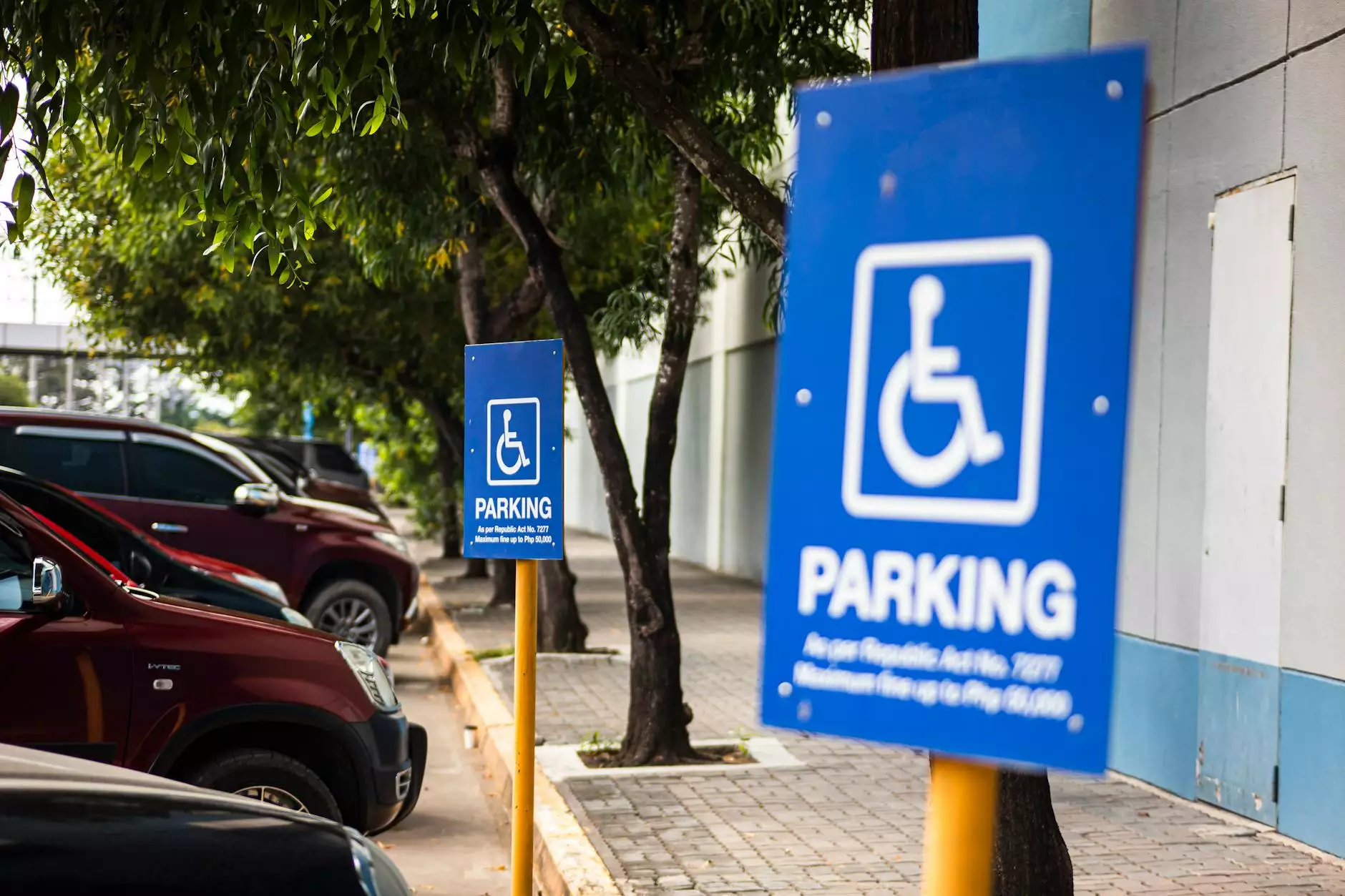Expansion of Telehealth During the Pandemic: Fraud Risks
Blog
Introduction
The expansion of telehealth during the COVID-19 pandemic has revolutionized the way healthcare services are accessed and delivered. As the demand for remote medical consultations grew exponentially, telehealth platforms emerged as a convenient and efficient solution for both patients and healthcare providers. However, along with its many benefits, telehealth also brings certain fraud risks that need to be acknowledged and addressed.
The Growing Popularity of Telehealth
The rapid adoption of telehealth services can be attributed to several factors. The pandemic imposed restrictions on in-person consultations, increasing the need for remote healthcare options. Telehealth not only allows patients to receive timely medical advice and treatment without leaving their homes, but it also minimizes the risk of exposure to infectious diseases.
The convenience of telehealth has also played a significant role in its popularity. Patients can connect with healthcare professionals from the comfort of their own homes, eliminating the need for travel or waiting in crowded waiting rooms. Moreover, telehealth services have proven to be particularly beneficial for individuals residing in remote areas with limited access to healthcare facilities.
Fraud Risks Associated with Telehealth
While telehealth offers immense opportunities, it is not without its risks. The virtual nature of telehealth consultations creates unique vulnerabilities that fraudsters may exploit. It is essential to understand and be aware of these fraud risks to ensure the safety and well-being of both patients and healthcare providers.
1. Identity Theft and Patient Scams
Telehealth platforms collect sensitive patient information, including personal and medical data. This makes them an attractive target for identity thieves and scammers. It is crucial for telehealth providers to implement robust security measures and encryption protocols to protect patient data. Additionally, patients should remain vigilant and avoid sharing personal information with unauthorized individuals or platforms.
2. Prescription Fraud
Telehealth allows for remote prescription of medications. While this offers convenience, it also opens up the possibility of prescription fraud. Fraudsters may attempt to secure prescriptions for controlled substances by exploiting vulnerabilities in the telehealth system. Healthcare professionals must adhere to strict protocols when prescribing medications and verify the patient's identity and medical history thoroughly.
3. Billing and Insurance Fraud
As telehealth services often involve medical billing, there is a risk of fraudulent activities related to billing and insurance claims. Fraudsters may submit false claims, overcharge patients, or bill for services not rendered. Telehealth providers must establish robust internal controls and regularly monitor billing and coding practices to detect and prevent fraud.
Preventing Telehealth Fraud
Preventing telehealth fraud requires a multi-faceted approach involving telehealth providers, healthcare professionals, regulatory bodies, and patients. Here are some key measures that can help mitigate the risk of fraud:
1. Secure Technology Infrastructure
Telehealth platforms must invest in secure technology infrastructure, including strong encryption protocols and advanced authentication methods. Regular security audits and vulnerability assessments should be conducted to identify and address any weaknesses in the system.
2. Proper Patient Identification
Healthcare professionals should adopt robust patient identification protocols to ensure the correct patient receives the intended care. Two-factor authentication and identity verification procedures can be implemented to minimize the risk of impersonation and identity theft.
3. Enhanced Fraud Monitoring
Telehealth providers should implement real-time fraud monitoring systems to detect and prevent fraudulent activities promptly. Advanced data analytics and machine learning algorithms can help identify suspicious patterns and behaviors, enabling timely intervention.
4. Patient Education
Patients should be educated about the potential fraud risks associated with telehealth and the preventive measures they can take. This includes understanding how to identify legitimate telehealth providers, safeguarding personal information, and reporting any suspicious activities to the appropriate authorities.
Conclusion
The expansion of telehealth has brought tremendous benefits to the healthcare industry, offering accessible and convenient medical services, especially during the challenging times of the pandemic. However, it is important to acknowledge and address the potential fraud risks associated with telehealth. By implementing robust security measures and adopting preventive strategies, telehealth can continue to thrive as a safe and reliable healthcare option for all.
About Denaro Anthony D Atty
Denaro Anthony D Atty is a reputable law firm specializing in Law and Government - Legal. With extensive experience and expertise in the field, Denaro Anthony D Atty provides valuable insights and legal guidance to clients seeking assistance with telehealth-related matters and other legal concerns.










